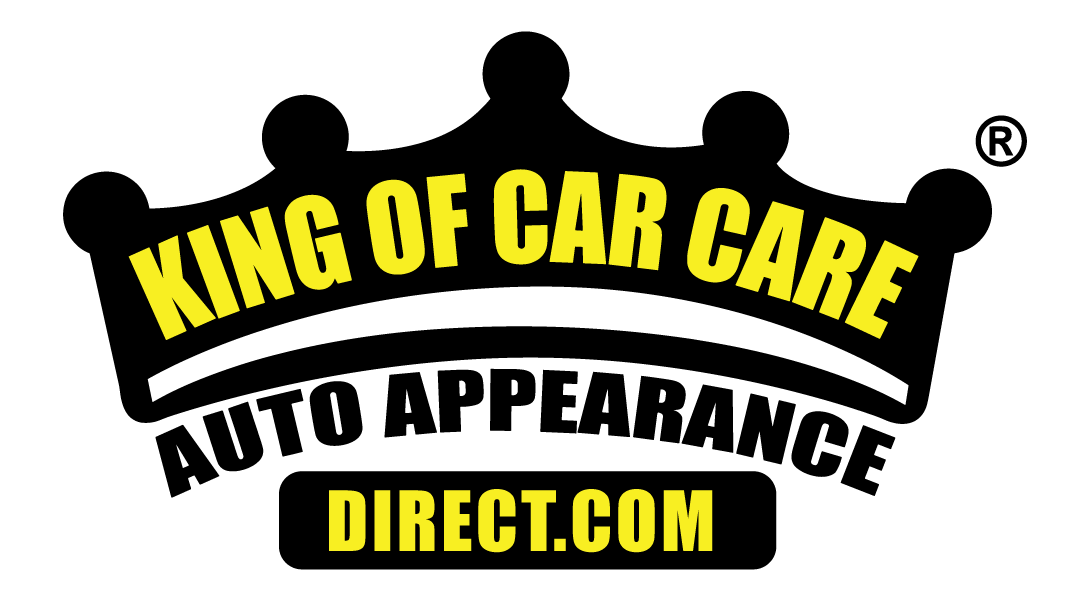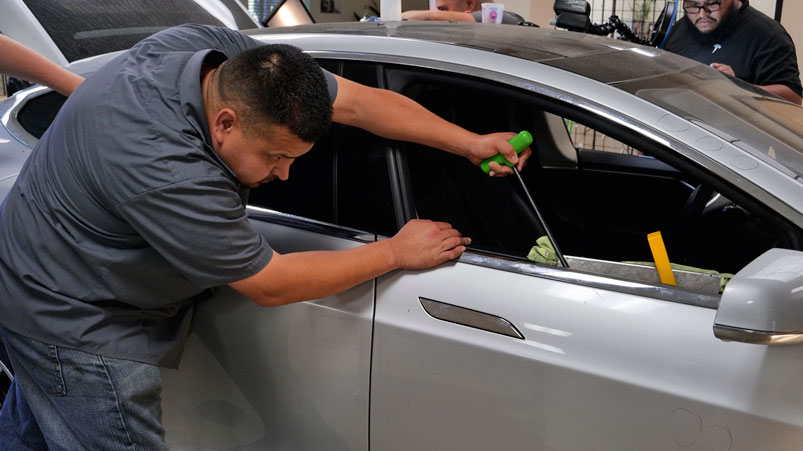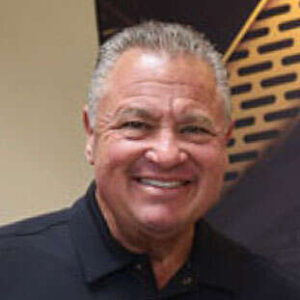Hand-Eye Coordination and Light Reading: The Core of PDR Mastery
Paintless Dent Repair (PDR) is a craft built on precision, awareness, and the ability to control microscopic movement in metal surfaces. At the heart of the skill are two foundations that every technician must master: hand-eye coordination and light reading. These are not just techniques — they are the language of PDR. They determine how clean, smooth, and invisible the repair becomes. A technician who understands light correctly will always know where the dent is, how it is shaped, and how it is progressing. A technician with developed hand control can apply the exact amount of pressure needed to restore the panel without distorting or overstressing the metal. These two abilities work together as one connected skill.
In the early stages of PDR training, students often expect the challenge to be about pushing dents out. But the work is not about pushing — it is about reading and responding. The light tells the truth. The reflection shows depth, tension, and contour. Your eyes interpret what the panel is saying. Your hands respond with controlled movement, pushing or releasing pressure so the metal returns to its original line. The eyes guide the hands. The hands shape the metal. The metal reshapes the reflection. This cycle repeats until the panel is returned to its natural form.
“In PDR, you are not moving the dent. You are moving the metal back into harmony.”
Why Light Reading Is the Foundation of Everything in PDR
Unlike other automotive skills, PDR is not based on visual surface observation alone. The dent is not evaluated by just looking at it directly. Instead, the technician uses a reflection source — most commonly a PDR light or reflection board — to project lines across the surface. These lines bend or distort where the metal has been displaced. The distortion shows exactly where the dent begins, where it curves deepest, and how the metal has stretched or compressed. Without controlled reflection, the surface appears smooth even when it is not.
The human eye is naturally good at seeing objects and color, but not depth changes in glossy metal. The reflection board changes that. It gives the eye information. The brain learns to interpret line patterns as shape. In the beginning, this can feel like learning a new language. But with practice, the reflection becomes clear. You begin to recognize how a dent affects the flow of the surface. You can identify exactly where to push, where not to push, and how to finish the repair without leaving texture or high spots.
Light reading is the technician’s map. Without it, PDR would be guesswork. With it, PDR becomes precise.
How Hand-Eye Coordination Develops in PDR
Hand-eye coordination in PDR is not about strength. It is about micro-movement control. You are not forcing the metal back into place. You are guiding it. The hands must learn to apply subtle pressure while remaining stable and relaxed. The wrist, elbow, shoulder, and core all contribute to tool stability. At first, students often push too hard or make large movements. This is normal. But over time, with repetition, the hands learn to create movement measured in fractions of millimeters.
As coordination develops:
-
The eyes track the reflection instead of the tool tip.
-
The brain begins predicting how the metal will respond.
-
Pressure becomes smoother and more controlled.
-
Movements slow down and become precise rather than forceful.
-
The repair becomes cleaner, faster, and more consistent.
This is why PDR cannot be learned through explanation alone. The body must learn the movement. The movement must sync with the visual information. It is a trained physical skill, like learning to play an instrument or paint with controlled brush strokes.
“Your eyes tell your hands what to do. Your hands learn to trust what your eyes see.”
How Light Reading and Hand Control Work Together
Light reading identifies the problem. Hand control applies the solution. When the reflection shows the center of the dent, the hand applies incremental pressure directly under that point. The movement must be small enough that the metal rises evenly instead of popping upward or forming peaks. If the reflection shows a high spot forming, tap-down blending must be used to equalize the surface and maintain original curvature. The repair is a conversation between what the eye sees and how the hand responds.
When these skills synchronize:
-
The dent disappears cleanly
-
The reflection lines flow naturally
-
The surface retains factory shape
-
No trace of repair is left behind
This is what separates a technician from someone simply using tools.
Why These Skills Take Time to Develop
Most beginners assume dents should move quickly. But metal responds best to gradual correction. If pressure is rushed, the surface becomes uneven. This requires tap-downs and correction, extending the repair. The fastest technicians are not pushing more — they are pushing smarter. Their hands understand exactly how the metal will respond. Their eyes detect even the smallest change. Their timing between push and tap is intuitive.
The early weeks of training feel slow because your eyes are learning to interpret reflection and your hands are learning to control pressure. Once those two skills begin to synchronize, progress accelerates rapidly. Repairs become faster. The reflection becomes easier to interpret. Confidence rises naturally.
Common Challenges in Learning Light Reading and Coordination
Many students experience:
-
Difficulty locating the exact center of the dent
-
Trouble seeing subtle depth changes in the reflection
-
Applying too much or inconsistent pressure
-
Fatigue from unfamiliar hand and body positioning
These are not mistakes — they are necessary stages. Every professional has been through them. Improvement comes from guided repetition and patience. Progress is measured in control, not speed.
Table: How Skill Progression Develops Over Time
| Stage of Training | Light Reading Ability | Hand Control Ability | Repair Outcome |
|---|---|---|---|
| Beginner | Sees basic dent shape but not detail | Pressure inconsistent and movements large | Repair visible, uneven, or requires correction |
| Intermediate | Reads reflection patterns correctly | Pressure smooth and controlled | Repairs clean but may take longer |
| Advanced | Reads reflection instantly and intuitively | Pressure instinctive and precise | Repairs invisible and efficient |
Skill does not plateau. It compounds.
Why Proper Instruction Shortens the Learning Curve
Without guidance, the brain often misinterprets reflection lines and tool pressure becomes inconsistent. An experienced trainer corrects technique early, preventing bad habits and teaching proper interpretation. The trainer helps you see what your eyes haven’t learned to see yet. They explain where the center truly is, why one push works and another does not, and how to blend the metal cleanly. This accelerates the learning curve dramatically.
Key Takeaways
Light reading is the foundation of PDR because it reveals the true shape of the dent.
Hand-eye coordination develops through repetition and micro-movement control.
The eyes guide the hands, and the hands reshape the metal based on what the reflection shows.
Mastery comes from patience, consistency, and guided practice.
FAQs
Q: Why does the dent look different under the light than in normal view?
Because the reflection shows depth that the eye cannot detect without contrast.
Q: How long does it take to develop good hand control?
Most students see noticeable improvement within weeks, with refinement continuing over time.
Q: Will I ever stop needing the light?
No. Even high-level technicians rely on controlled reflection to ensure perfection.
Closing Statement and Call to Action
Mastering hand-eye coordination and light reading is what transforms PDR from a task into a craft. These skills allow you to produce clean, invisible repairs that protect vehicle value and create lasting customer trust. If you want to learn PDR with step-by-step guidance that builds confidence and technique from the start, call 800-304-3464. We’ll walk you through training options and help you begin your skill development the right way.





